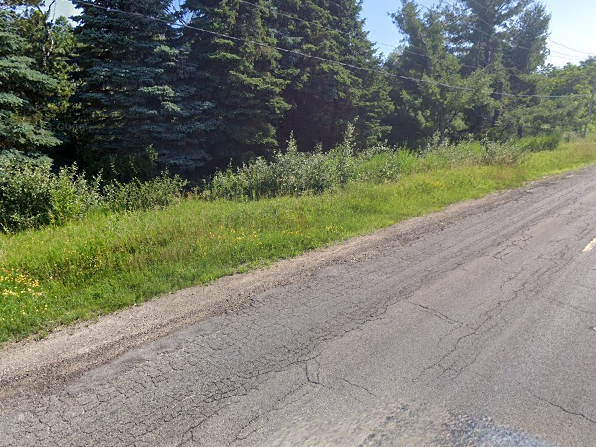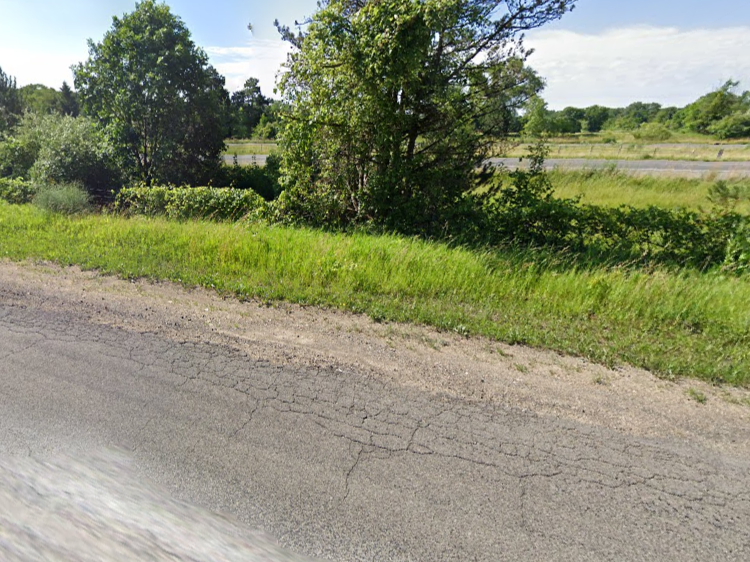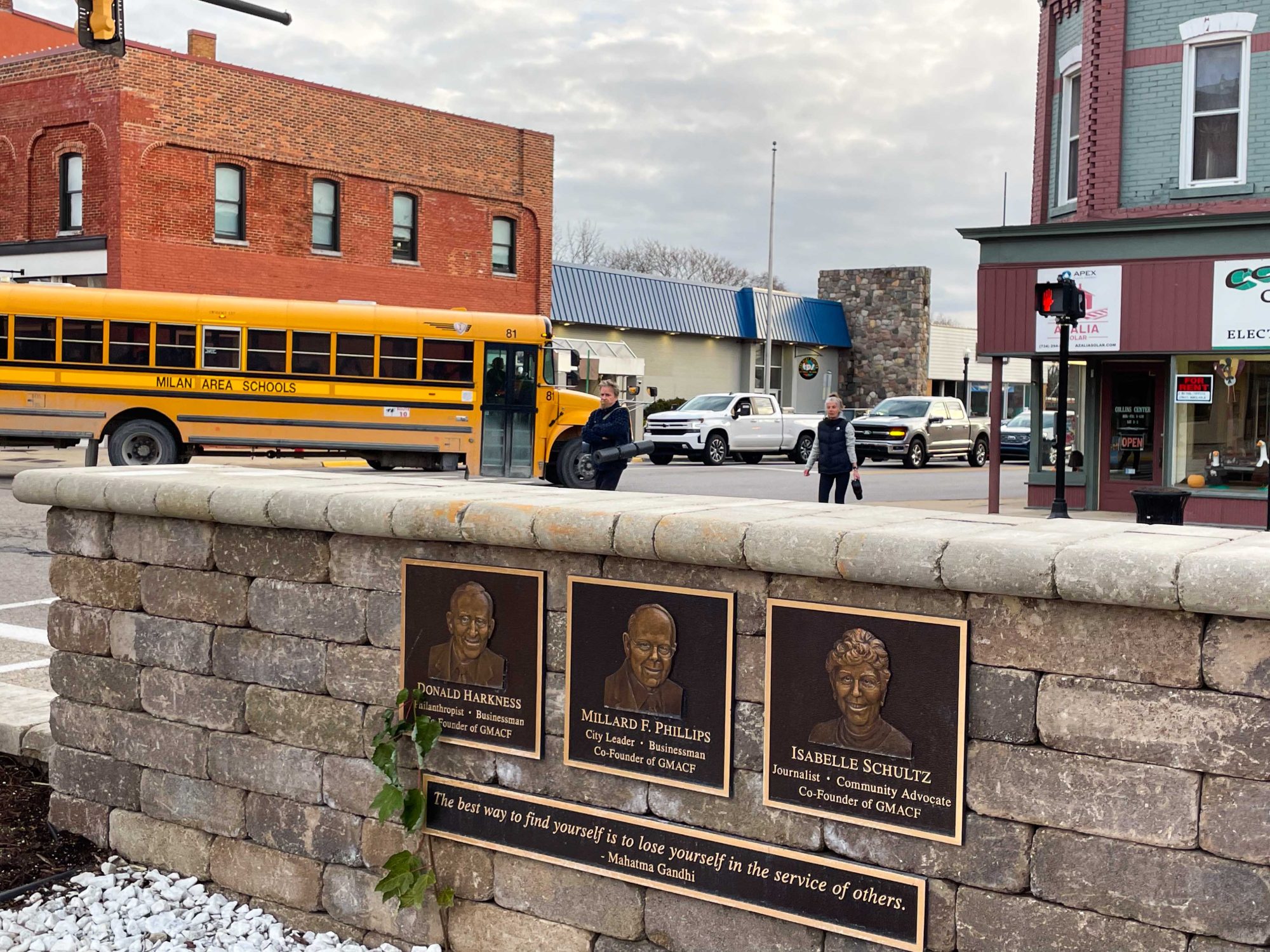After moving to Lima Twp in the late 2010s, David Lent developed concerns regarding Seitz Drive, one of the primary roads he and other residents in the area take to go to downtown Chelsea. The road, which has received patches over the years as a temporary solution, no longer has lane lines remaining in some sections, and can be hard to navigate, according to Lent.
“It’s been difficult to drive on ever since we’ve moved in,” he said. “And that was back in 2017, so it’s been eight years, if not more. You cannot easily drive down the lane of the road. You almost have to drive down the center of the road to miss all the rough road conditions.”

Lent drives for WAVE and estimates his job takes him to Seitz two or three times a month. As a professional driver and a local resident, his concerns have grown as the years have passed. In an effort to raise awareness about the conditions, he spoke with Lima Township’s offices, where he was told repairs for Seitz Dr. were not within their jurisdiction.
“I’m concerned about this road,” Lent said. “It’s a little over a mile long, and I don’t want to lose it as a black top road.”
Lent was directed to the county from here, and in early October he reached out to Washtenaw County Road Commission (WCRC) to file a complaint. From there, The Sun Times News spoke with Director of Engineering Brent Schlak and Communications Manager Tiffany Oliphant at WCRC about how road repairs and decisions selecting the areas in most urgent need of work are made.
WCRC’s Internal Process
Roads in Michigan are measured using the PACER system, a visual measurement that rates the road from 1-10. According to Schlak, 79% of Washtenaw County’s roads rate from fair to good (4-10).
“This is a visual inspection performed by trained individuals,” Schlak said. “So, we rate our primary road system every year, which are roads like Jackson Road, Parker Road, Baker Road, and our local roads every other year, which are roads like Park Road, Marshall Road.”
The PACER system helps the WCRC create an asset management plan, deciding what work is required where in the county.
“The name of the game is to apply the right fix at the right time and extend the service life of the road,” Schlak said. “We compare this to the maintenance of a car and extending the service life of a vehicle, where you would perform regular oil changes or rotating your tires. If you fail to perform those routine maintenance practices, the consequences would be more costly repairs.”
The long-term goal, according to Schlak and Oliphant, is to minimize the amount of work a road needs by addressing problems on roads with good or fair ratings to prevent them from falling into the poor category, which can require much more costly repairs.
“We want a low cost improvement which will help kind of spread those fundings further,” Schlak said. “And so we’re closely looking at those evaluations and trying to make decisions based on the funding that we have available, you know, and that means sometimes, if a roadway is in poor condition, it may need to wait a little longer until those funds are built up to make those improvements.”
A significant amount of money for road repairs that the county handles comes from local millages focused on funding for construction and traffic safety. At this time, the WCRC has nine different projects planned for 2026, and an additional three planned for 2027.
David Lent’s “fix-it ticket” has been acknowledged by the county and is still being reviewed internally. Oliphant encouraged residents to reach out through the website if they have additional concerns they would like to draw attention to.
“We tell people they’re our second set of eyes sometimes, and they tell us what’s going on,” Oliphant said.



 8123 Main St Suite 200 Dexter, MI 48130
8123 Main St Suite 200 Dexter, MI 48130

